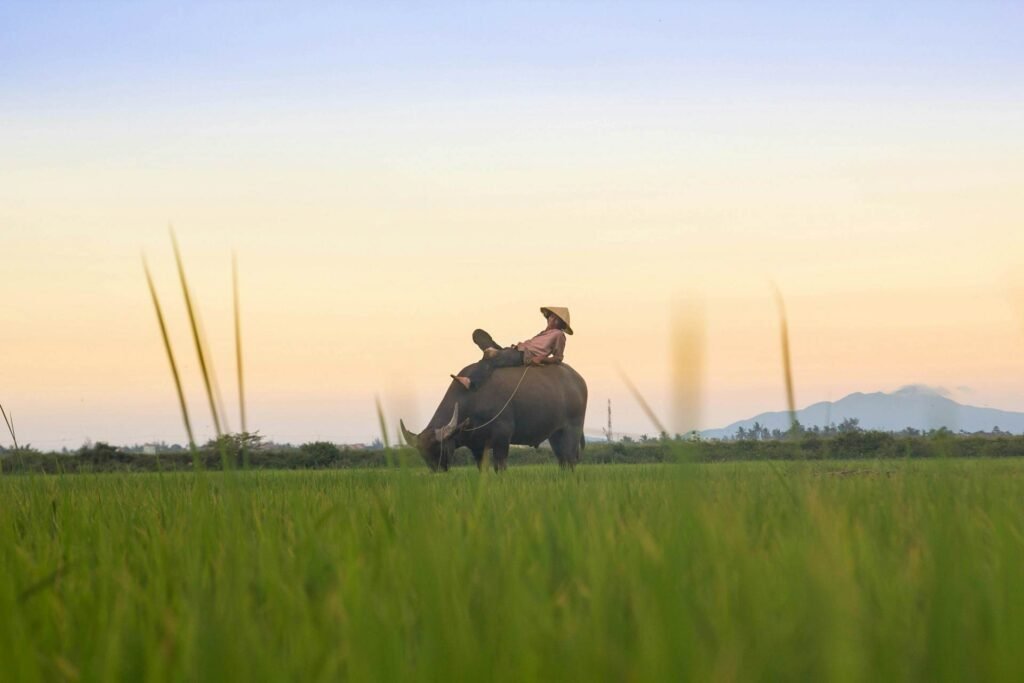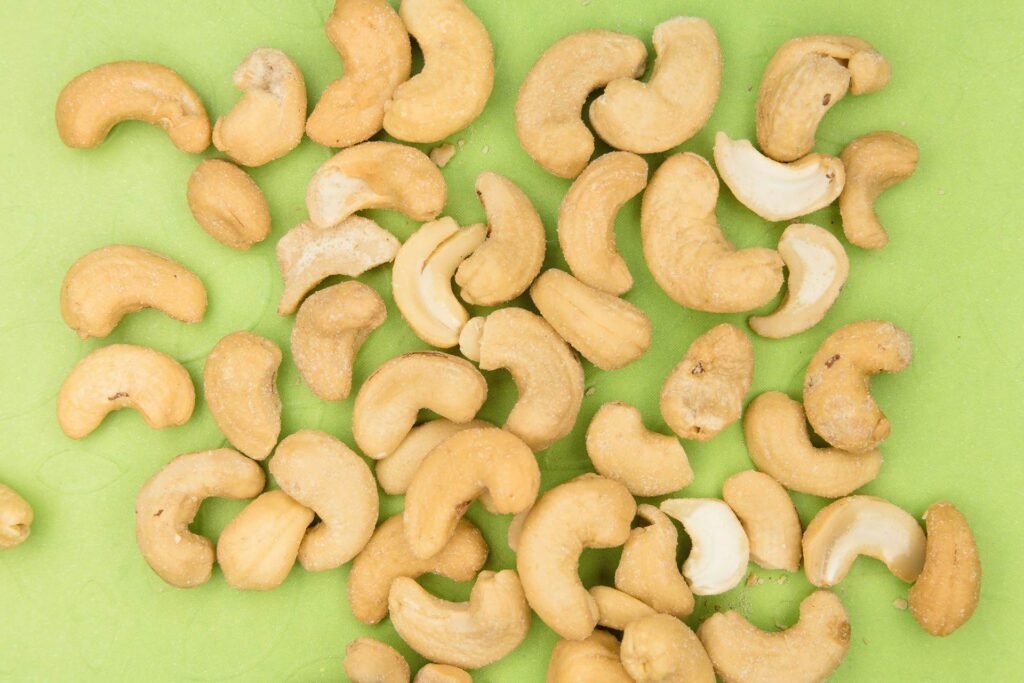Vietnam’s Potential in Agricultural Exports: A Comprehensive Analysis
Vietnam has long been recognized for its robust agricultural sector, which plays a critical role in the country’s economy. With favorable climatic conditions, diverse agricultural products, and strategic government support, Vietnam’s agriculture export potential is significant. This article discusses Vietnam’s key agricultural products, global market opportunities, government support, and the challenges faced by exporters, providing valuable insights into the agriculture export Vietnam offers.
Key Agricultural Products
Vietnam is known for its wide array of agricultural exports, which contribute significantly to its GDP. In fact, Vietnam is a global export leader in some of these key products, such as:
1. Seafood and Fisheries
Vietnam’s extensive coastline supports a thriving seafood industry. Key exports include shrimp, fish, and mollusks, with major markets in the US, Japan, and the EU. In 2022, Vietnam’s seafood exports totaled US$ 10.92 billion.

2. Fruits and Vegetables
In 2023, Vietnam’s fruit and vegetable exports hit a record high of US$5.6 billion. In the first five months of 2024, the sector continued to show strong performance. According to the Ministry of Agriculture and Rural Development (MARD), Vietnam’s fruit and vegetable export revenue reached $2.59 billion during this period, reflecting a 28.1% increase over the same period the previous year. Key exports driving this growth included durian, dragon fruit, banana, jackfruit, and chili pepper.

Vietnam’s tropical fruits and vegetables are becoming increasingly popular in international markets including China, Korea, Japan, Thailand, the Netherlands, and Australia. Notably, in the Chinese market, Vietnam has surpassed Thailand and the Philippines to become the largest supplier of durians and bananas.
3. Rice
Vietnam is one of the world’s largest exporters of rice, ranking third globally in 2023 with major markets in neighboring Asia countries such as Philippines, Indonesia and China. In 2023, rice exports accounted for $4.78 billion in 2023. Vietnam is also the fifth-largest rice producer in the world. The Mekong Delta, known as the “Rice Bowl” of Vietnam, produces the majority of the country’s rice exports. In 2024, the country aims to produce 43-43.5 million tons of rice in 2024.

4. Coffee
As the second-largest coffee exporter globally, Vietnam exported $4.18 billion worth of coffee in 2023, with a production volume of 1.61 million tons. Despite a 9.6% decrease in volume, there was a 3.1% increase in value from the previous year. Vietnam’s coffee exports held a 20% share of global coffee production in 2023, with an average value of $2,604 per ton. The country’s robusta coffee is highly sought after, and its coffee plantations are primarily located in the Central Highlands, which provides ideal growing conditions.

5. Cashew Nuts
Vietnam is the world’s largest exporter of cashew nuts, accounting for more than 75% of global cashew kernel exports. In 2023, the country exported 644,000 tons of cashew nuts, earning $3.6 billion. Exports to major markets such as the US, South Korea, and the Netherlands posted high growth in 2023. The US market alone earned $855 million, up 5% against 2022, accounting for nearly 25% of the country’s total cashew nut exports. The country’s favorable climate and soil conditions contribute to high-quality cashew production.

Global Market Opportunities
Vietnam’s agriculture export potential is bolstered by several global market opportunities:
- Trade Agreements: Vietnam has entered into numerous free trade agreements (FTAs), such as the Comprehensive and Progressive Agreement for Trans-Pacific Partnership (CPTPP) and the European Union-Vietnam Free Trade Agreement (EVFTA). These agreements reduce tariffs and enhance market access for Vietnamese agricultural products.
- Rising Global Demand: There is a growing global demand for high-quality, sustainably produced food. Vietnam’s agricultural products, known for their quality and competitive pricing, are well-positioned to meet this demand.
- Diversification of Markets: Vietnam is actively diversifying its export markets to reduce dependency on a few major buyers. New markets in the Middle East, South America, and Eastern Europe offer promising opportunities for Vietnamese exporters.
Government Support
The Vietnamese government plays a crucial role in supporting the agriculture export sector:
- Subsidies and Incentives: The government provides various subsidies and incentives to farmers and exporters, including low-interest loans, tax breaks, and financial support for modernizing agricultural practices.
- Infrastructure Development: Significant investments are being made in infrastructure, such as roads, ports, and cold storage facilities, to improve the efficiency of agricultural exports.
- Research and Development: The government invests in research and development to improve crop yields, develop pest-resistant varieties, and enhance sustainable farming practices.
Challenges Faced by Exporters
Despite the potential, Vietnam’s agricultural exporters face several challenges:
- Climate Change: Increasingly erratic weather patterns and natural disasters pose a significant threat to agricultural production.
- Quality Control: Maintaining consistent quality standards and meeting stringent international regulations can be challenging for many exporters.
- Infrastructure Gaps: While improvements are being made, some rural areas still lack the necessary infrastructure to efficiently transport goods to export hubs.
- Market Competition: Vietnamese exporters face stiff competition from other major agricultural producers, such as Thailand, India, and Brazil.
Conclusion
Vietnam’s agriculture export potential is immense, driven by key products, global market opportunities, and strong government support. However, addressing the challenges faced by exporters is crucial to fully capitalize on the agriculture export Vietnam offers. With strategic investments and continued efforts to improve quality and infrastructure, Vietnam is well-positioned to enhance its standing in the global agricultural market.

